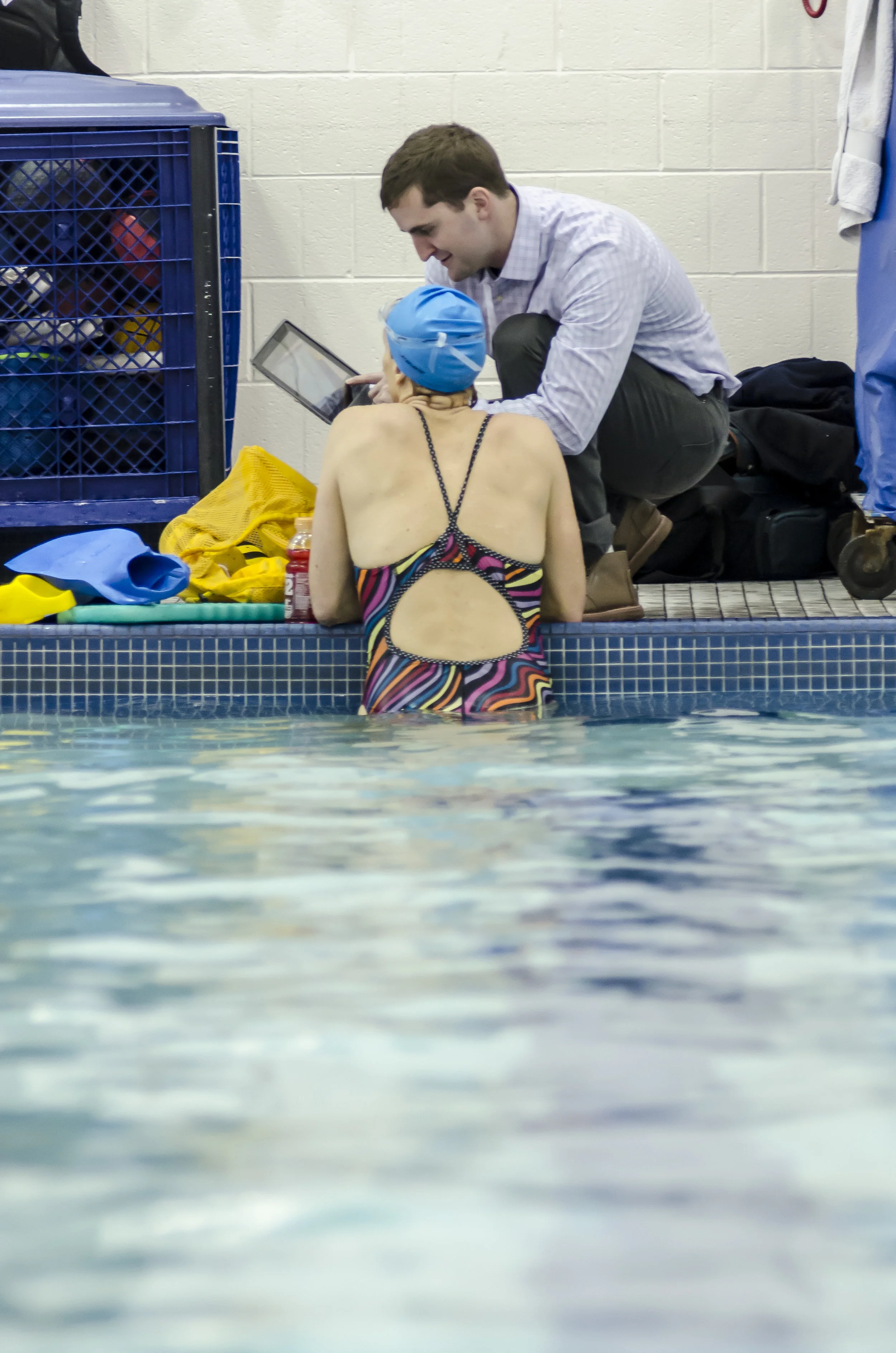Hundreds of times, I've uttered the sentence "I didn't get into this sport to get rich" to a fellow coach. There's always a knowing laugh on the other end. Most swim coaches get into this sport because they love it, and they love sharing that love with others. The feeling of doing so is so addictive that they will even go so far as to threaten their own health to get that fix.
So it makes absolutely no sense that many coaches, with so little in personal resources, let an organization like the American Swim Coaches Association (ASCA) have some of those resources. The organization persists for all the wrong reasons.
I'm writing this knowing it paints a target on my back. The American Swimming Coaches Association, and its Executive Director John Leonard, hold immense sway in the world of swimming.
Leonard is a con-man. He paints himself as a crusader against corruption. He is corrupt. With one hand he rails about drugs in the sport, a safe "controversy" as you would be hard pressed to find any American swim coach with a "pro-doping" stance. With his other hand, he fights the culture change swimming so desperately needs.
John Trembley, MItch Ivey, RIck Curl are just a few of the big names that could rely on Leonard/ASCA's support right up to the very end. Joe Bernal got inducted into the ASCA Hall of Fame a few months before being banned by USA Swimming.
The more benign con of John Leonard and ASCA is that they institutionalized themselves to such a degree that even ethical, well meaning coaches often feel compelled to dance for ASCA. Look at nearly any club coaching position and you will find some sort of "ASCA level" in the job qualifications.
I don't blame the parent boards who include ASCA certifications in job postings. They are desperate for some sort of independent body to tell them whether a coach knows there stuff. Unfortunately, the ASCA education program, and even the performance qualifications for coaches to reach levels, is no such guarantee.
The final piece of the puzzle is ASCA's annual convention. Again, many ethical, fine coaches feel compelled to attend. It's the biggest such gathering of swim coaches in the United States, and almost nobody goes to conventions for the talks. They go to be in the same space with other people who are doing the same thing. They go for the social scene.
However, as long as the good coaches out there hand over their hard earned cash to ASCA it will continue to exist in present form. There's nothing inherently wrong with a coaches organization, an educational program for coaches, and the people in it. But ASCA is not the organization swim coaches deserve.
It's time to choke it off, so please stop sending money for useless certifications and plan your own weekend getaway with coaches you like. You'll be doing something really great for the sport of swimming.



